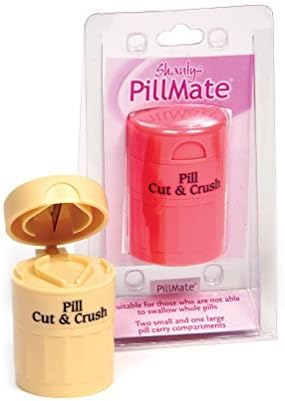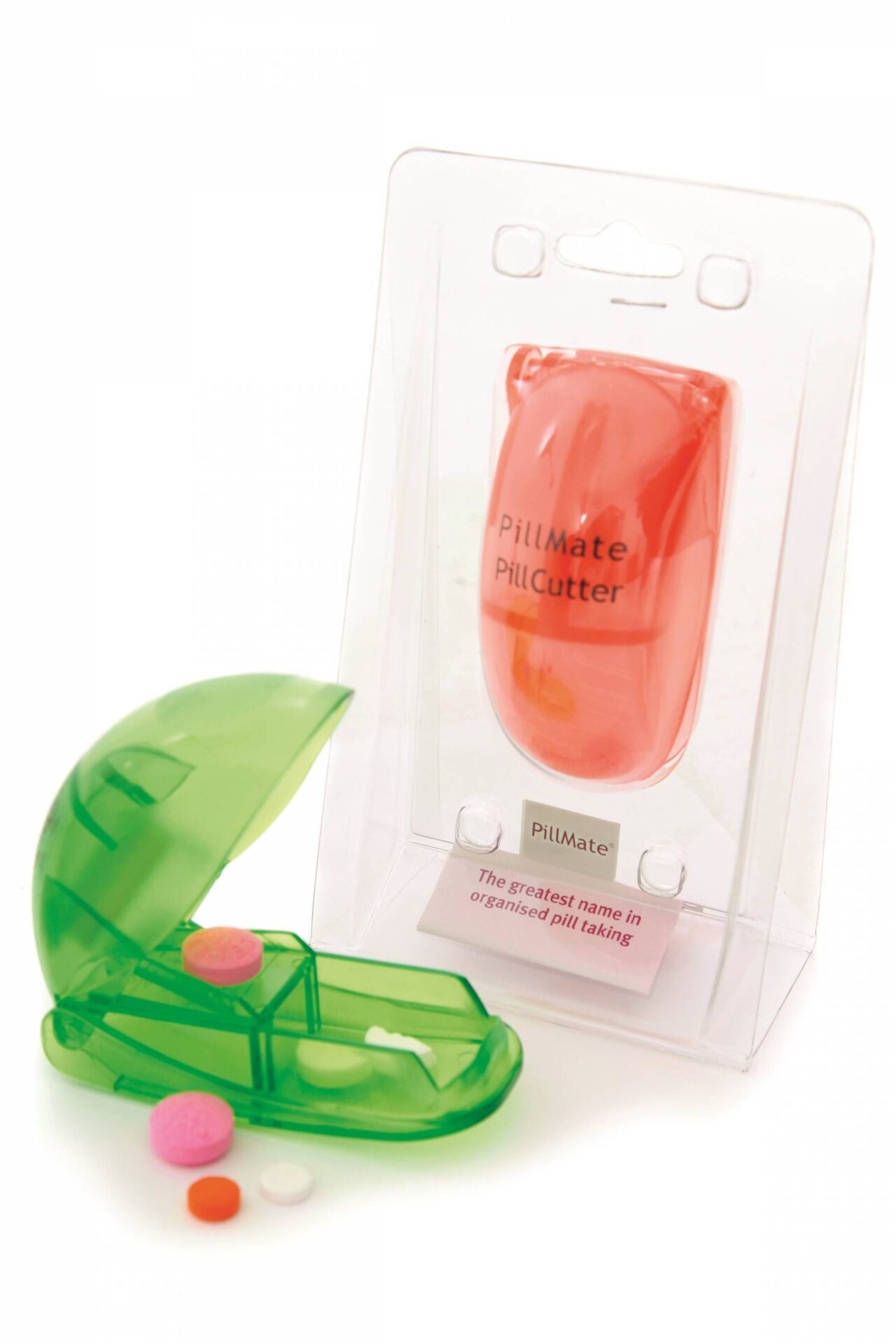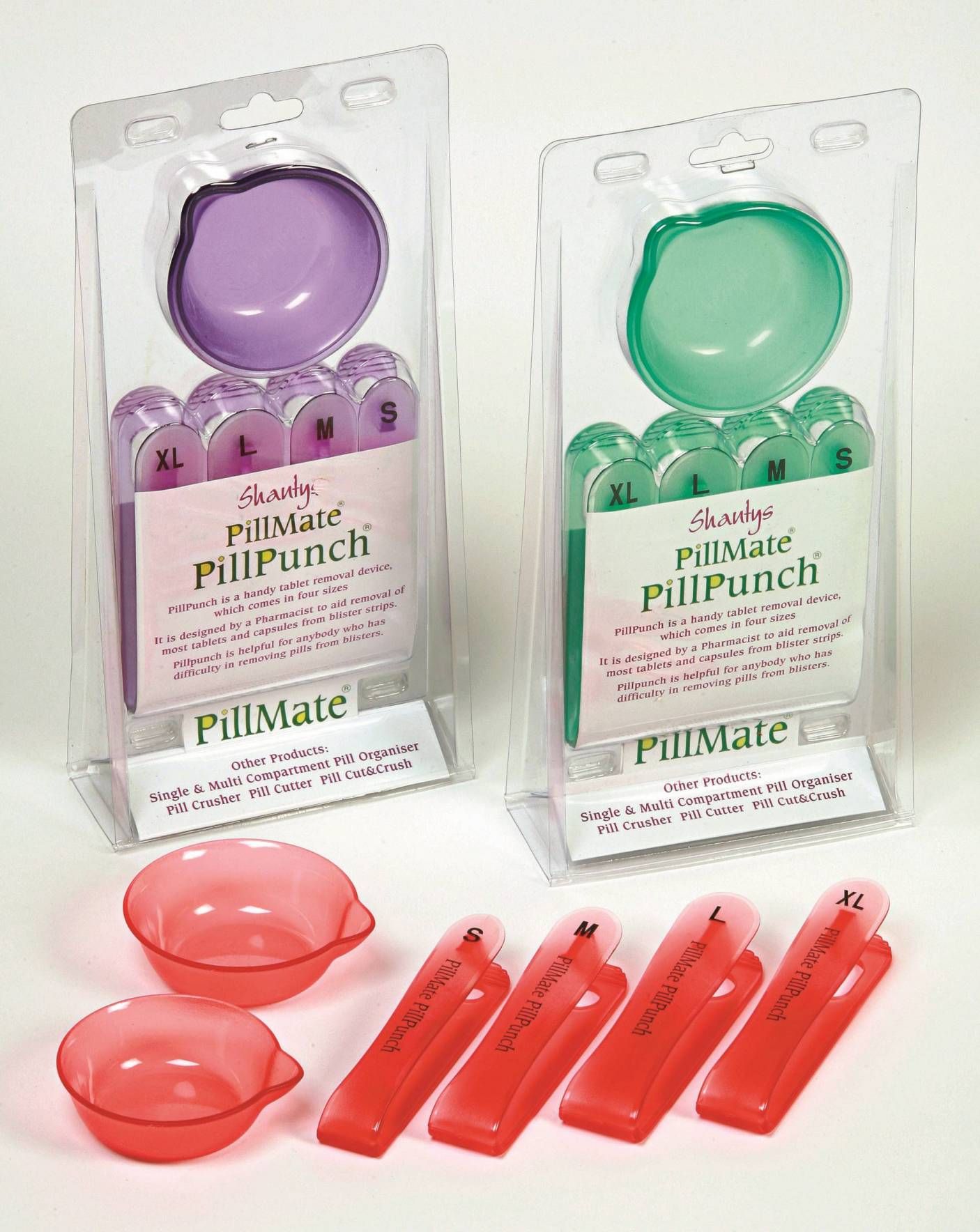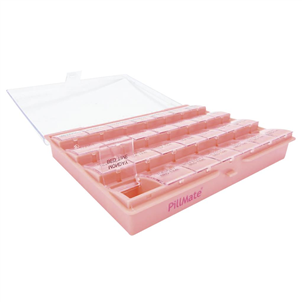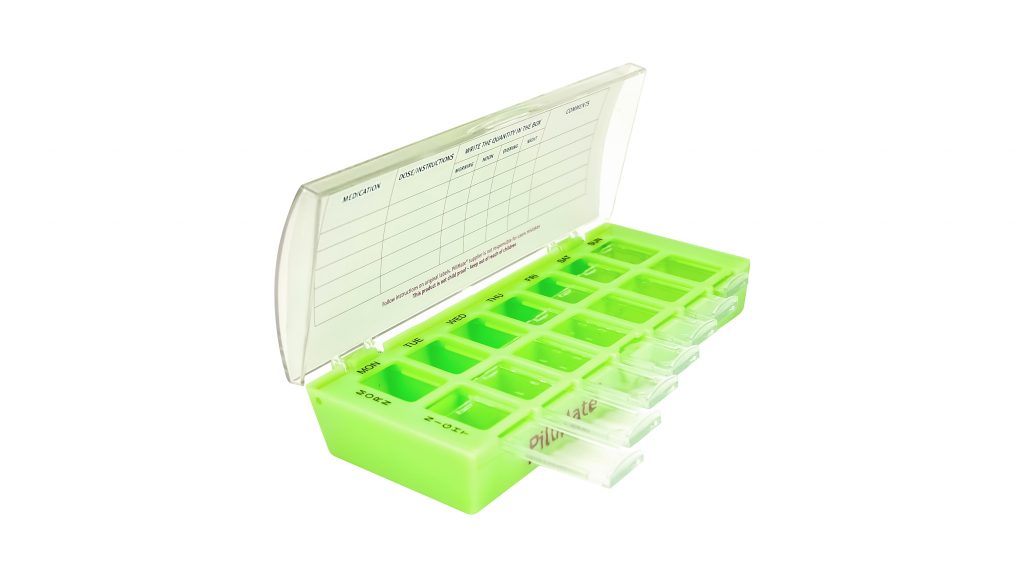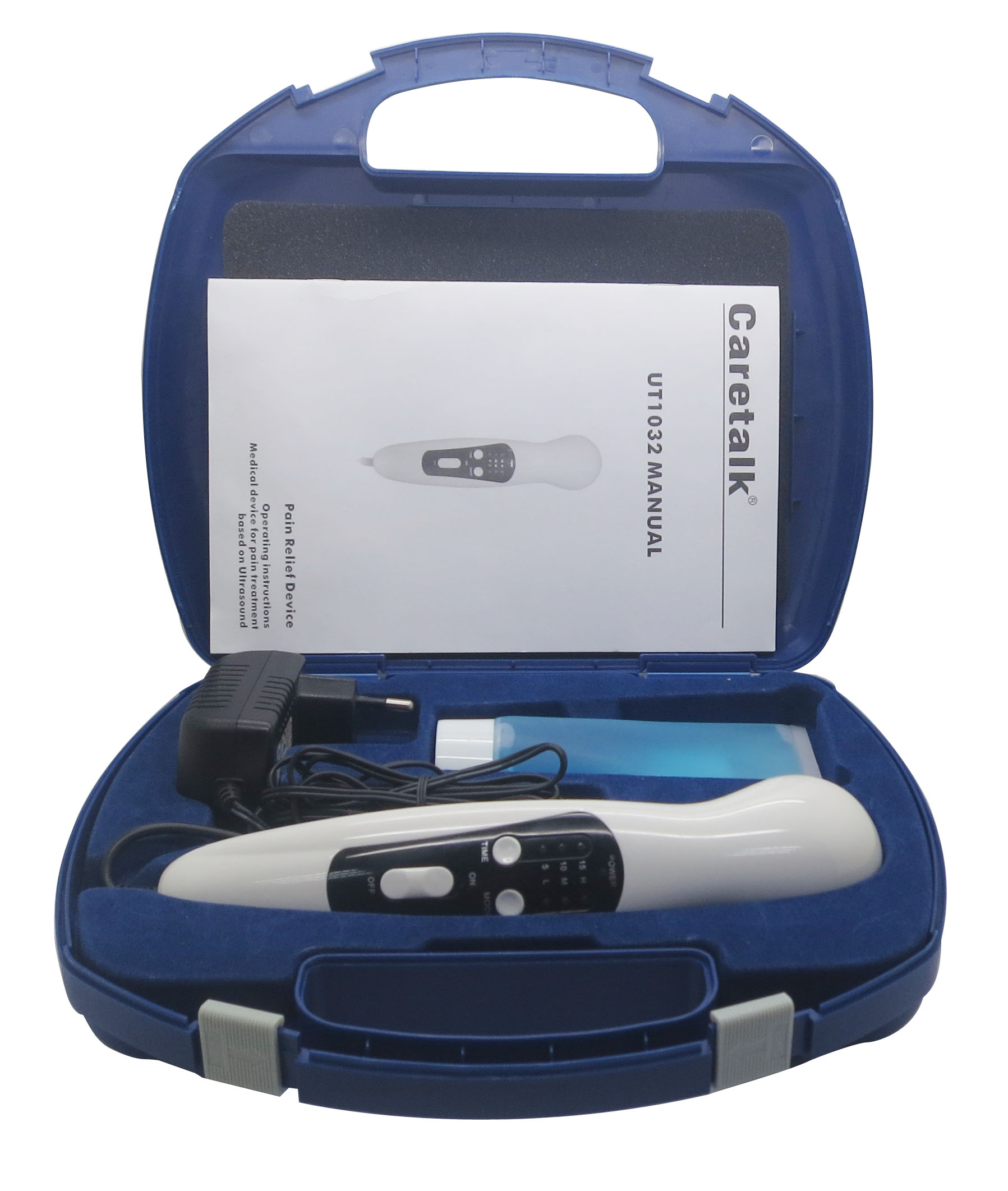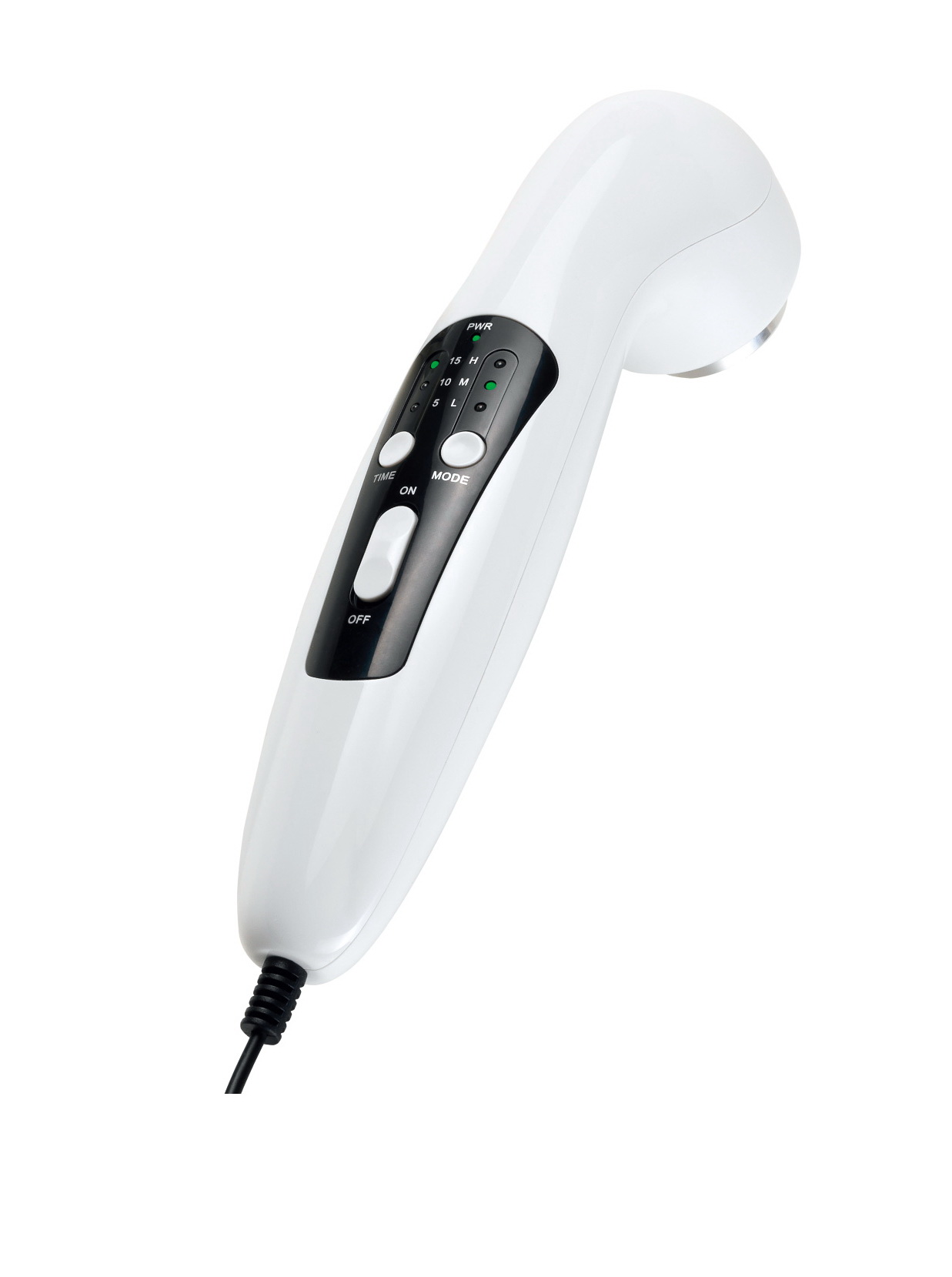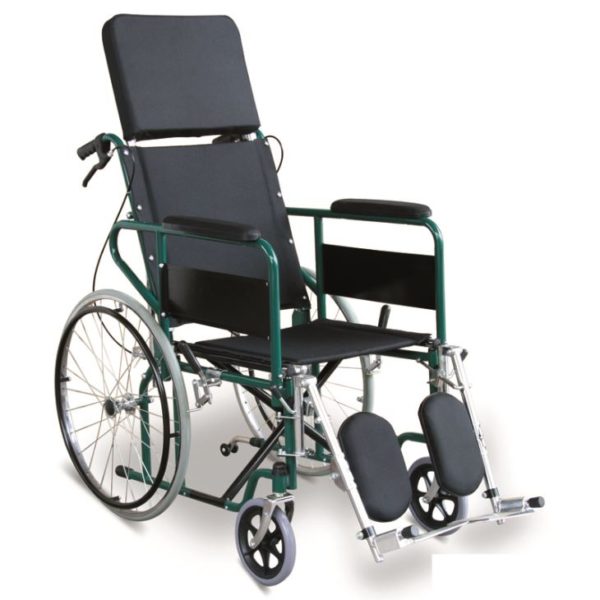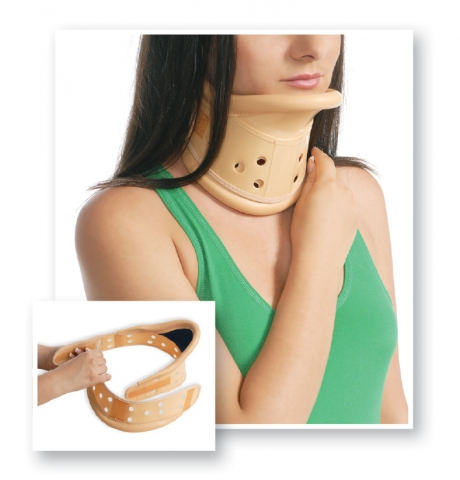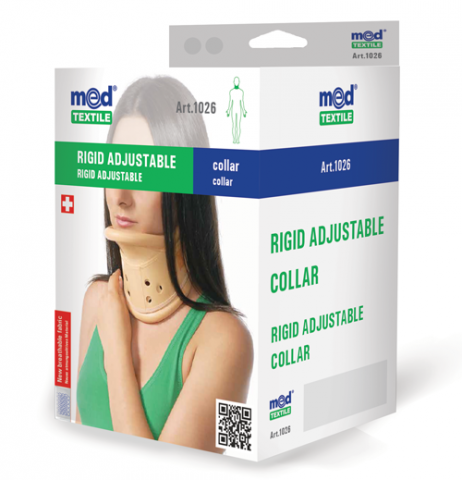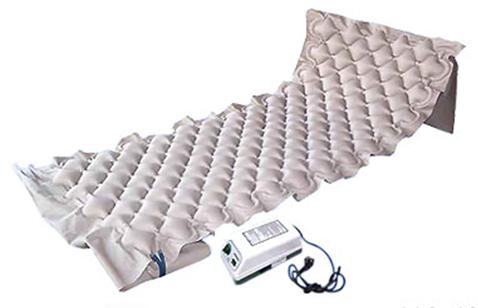Free Shipping for all Orders of Kshs. 4,000+
Showing 61–72 of 106 results
-
Pillmate Pill Cut & Crush -19039
KSh 1,500.00No more battling to cut or swallow big or hard non-coated tablets ever again, thanks to this nifty little two-in-one pill cutter and crusher.
-
Pillmate Pill Cutter – 19022
KSh 800.00The Pillmate Pill Cutter is a handy and compact tool, used for cutting tablets in half for ease of swallowing or half doses, particularly the smaller tablets which can be difficult to break.
-
Pillmate Pill Punch – 19041
KSh 800.00The Pillmate Pill Punch is a compact and clever device designed by pharmacists to assist individuals who find it hard to press tablets out of the medication blister packets.
-
Pillmate Pillchest – 19021
KSh 2,100.00The Shantys PillMate Full Week Dispenser is a fully comprehensive, large capacity pillbox, allowing you to store dosages for an entire week, with enough compartments for 4 daily doses!
-
Pillmate Twice Daily Weekly Dispenser – 19024
KSh 1,200.00The PillMate Twice Daily Dose Pillbox has two separate compartments for two daily doses – perfect for those who only need one or two medication doses per day, and has the capacity to hold many pills in one single compartment.
-
Portable Ultrasound 1MHZ NUTEK – UT1032
Original price was: KSh 29,040.00.KSh 27,500.00Current price is: KSh 27,500.00.The UltraRelief 1.0 is a portable ultrasonic therapeutic device that produces pulsed high frequency sound waves that are transferred to a specific body area through a sound head probe.
-
Posture Corrector L
KSh 3,000.00the posture corrector l is an adjustable support garment designed to improve spinal alignment and promote better posture, suitable for daily wear.
-
Pulse Oximeter
KSh 1,800.00Portable and user-friendly pulse oximeter for accurate measurement of blood oxygen levels (SpO2) and pulse rate. Ideal for home use, travel, and sports.
-
Reclining High Back Wheelchair
KSh 25,686.00High-back reclining wheelchairs can assist individuals who need extra support due to poor trunk stability, respiratory difficulties, severe multiple sclerosis, severe arthritis, quadriplegia, or muscular dystrophy.
-
Rigid Adjustable Collar – Large
KSh 3,200.00Indications for use: Stable fractures of cervical vertebrae; early-stage and medium-stage rehabilitation after surgery on the cervical spine and injuries of cervical vertebrae; evacuation by transportation when cervical spine injuries are suspected; cervical radiculopathy; moderate and severe cervical spine instability complicated by neurological manifestations; osteochondropathies, cervical abnormalities, changes in the structure of vertebrae of different nature; rehabilitation treatment after cranial-spinal and cranial-cerebral injuries; maintenance of correct position of the cervical spine after manual therapy.
-
Rigid Adjustable Collar – Medium
KSh 3,200.00Indications for use: Stable fractures of cervical vertebrae; early-stage and medium-stage rehabilitation after surgery on the cervical spine and injuries of cervical vertebrae; evacuation by transportation when cervical spine injuries are suspected; cervical radiculopathy; moderate and severe cervical spine instability complicated by neurological manifestations; osteochondropathies, cervical abnormalities, changes in the structure of vertebrae of different nature; rehabilitation treatment after cranial-spinal and cranial-cerebral injuries; maintenance of correct position of the cervical spine after manual therapy.
-
Ripple Mattress (Beige)
KSh 14,187.00Bubble Mattress is ideal for prevention and treatment of patients at low risk of pressure ulcers.

